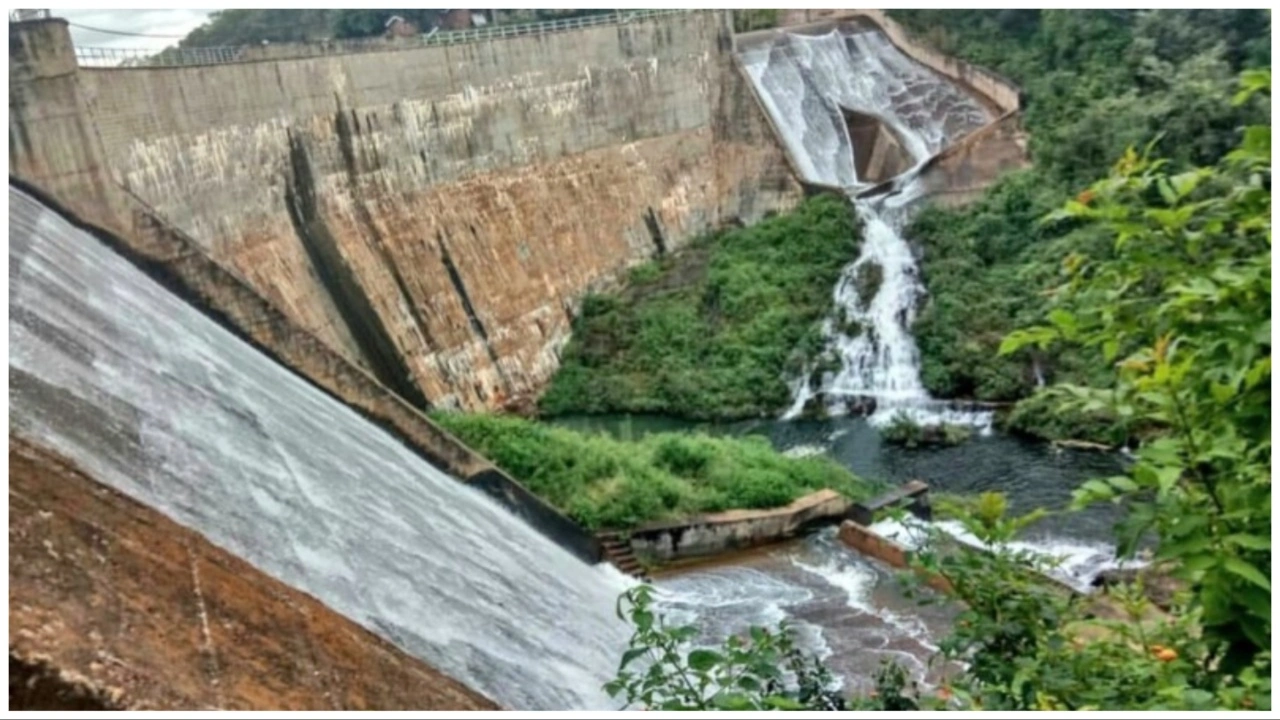Zimbabwe, a landlocked country in southern Africa, has a rich cultural and natural heritage. In recognition of this, several of its landmarks have been designated as World Heritage Sites by the United Nations Educational, Scientific, and Cultural Organization (UNESCO).
What Is A World Heritage Site?
A World Heritage Site is a place recognized by UNESCO as being of outstanding cultural or natural importance to the common heritage of humanity.
How Many World Heritage Sites Are In Zimbabwe
There are a total of five World Heritage Sites in Zimbabwe. These are:
- Great Zimbabwe
- Khami Ruins
- Matobo Hills
- Mana Pools National Park, Sapi and Chewore Safari Areas
- Victoria Falls
The Five World Heritage Sites In Zimbabwe In Detail
The Great Zimbabwe National Monument

Great Zimbabwe Monument (Image Credit:BBC/evenfh/Getty Images)
The Great Zimbabwe National Monument is the most famous of Zimbabwe’s World Heritage Sites. The site is located in the southeastern part of the country, near the city of Masvingo. The monument comprises the ruins of the ancient city of Great Zimbabwe, which was the capital of the Kingdom of Zimbabwe between the 11th and 15th centuries. The site is notable for its unique dry-stone wall construction, which is a testament to the architectural and engineering skills of the African people who built it.
Khami Ruins National Monument

[Image Credit: Wikimedia/rhodesiansreunited – CC BY-SA 3.0, ]
The Khami Ruins National Monument is another impressive archaeological site in Zimbabwe. The ruins are located near the city of Bulawayo and are believed to have been the capital of the Kingdom of Butua in the 15th century. The site is notable for its unique stone wall construction, which is a testament to the engineering skills of the African people who built it. The Khami Ruins are also notable for their water management systems, which are considered to be some of the most sophisticated in the world.
Matobo Hills: One Of The World Heritage Sites In Zimbabwe

Image by Albrecht Fietz from Pixabay
The Matobo Hills are a range of granite hills located in the southwestern part of Zimbabwe. The site is notable for its unique rock formations, which are a testament to the geological history of the region. The hills are also home to a rich collection of rock art, which provides a glimpse into the cultural heritage of the people who have inhabited the area for thousands of years.
Mana Pools National Park, Sapi and Chewore Safari Areas

Aerial view of Mana Pools and the Zambezi River. [Image Credit: Global Conservation]
The Mana Pools National Park, Sapi and Chewore Safari Areas are located in the northern part of Zimbabwe. The site is notable for its rich biodiversity, including a wide range of plant and animal species. The park is home to large populations of elephants, lions, and African wild dogs, as well as over 350 bird species. The site is also notable for its scenic beauty, with the Zambezi River flowing through the park and providing a habitat for a range of aquatic species.
Victoria Falls: A Natural Wonder with Unique Habitat for Plants and Animals

Image by Jürgen Bierlein from Pixabay
Victoria Falls, located on the Zambezi River, which forms the border between Zambia and Zimbabwe, is a remarkable destination for nature enthusiasts and thrill-seekers alike.
As one of the largest waterfalls in the world, Victoria Falls boasts a width of 1,708 meters (5,604 feet) and a height of 108 meters (354 feet), making it roughly twice the height of Niagara Falls. Despite not being the tallest or widest waterfall globally, Victoria Falls is recognized as the largest waterfall, as it creates the world’s largest sheet of falling water.
Local people refer to the falls as Mosi-oa-Tunya (“The Smoke That Thunders”) and Shungu Namutitima (“Boiling Water”), highlighting the power and beauty of the natural wonder.
The site is also a UNESCO World Heritage Site, offering a unique habitat for various species of plants and animals, making it an excellent destination for appreciating the natural beauty and diversity of southern Africa.
Conclusion:
In conclusion, Zimbabwe is home to a diverse range of World Heritage Sites that highlight the country’s rich cultural and natural heritage. From the ancient ruins of Great Zimbabwe to the natural wonder of the Victoria Falls, these sites provide a unique window into the history and natural beauty of Zimbabwe. By preserving and protecting these sites, Zimbabwe can ensure that they continue to be appreciated by future generations of visitors.



